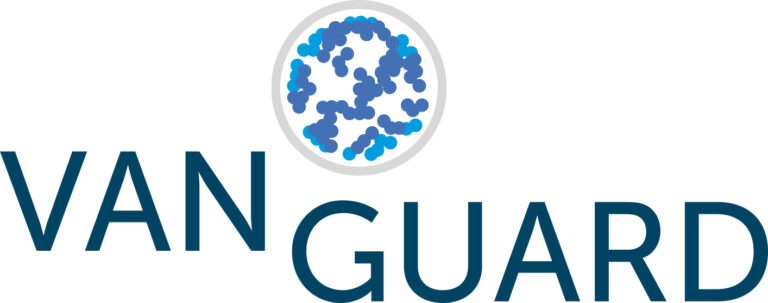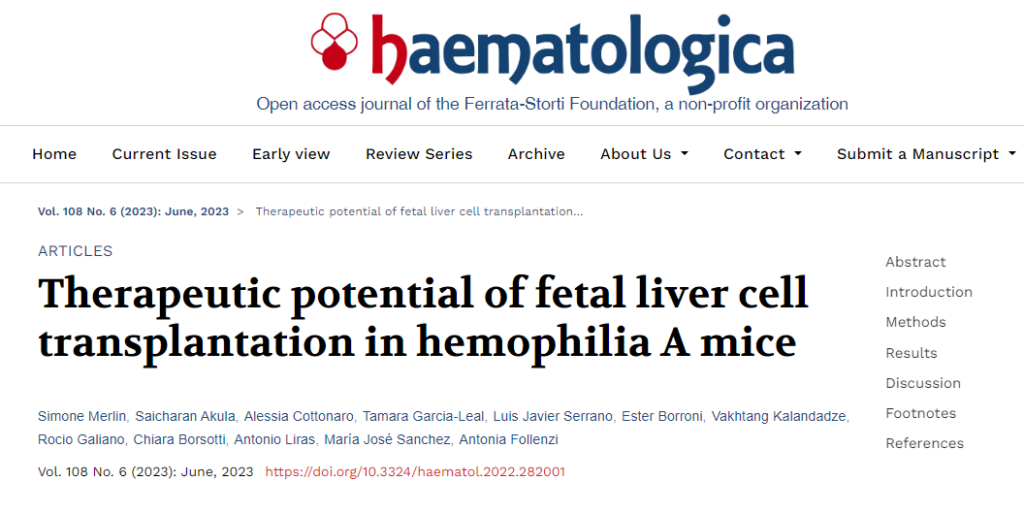A new VANGUARD article on Therapeutic potential of fetal liver cell transplantation in hemophilia A mice has recently been published in haematologica. The publication is available open access online: https://haematologica.org/article/view/haematol.2022.282001
Abstract
Hemophilia A (HA) cell therapy approaches in pediatric individuals require suitable factor (F)VIII-producing cells for stable engraftment. Liver sinusoidal endothelial cells (LSEC) and hematopoietic stem cells (HSC) have been demonstrated to be suitable for the treatment of adult HA mice. However, after transplantation in busulfan (BU)-conditioned newborn mice, adult LSEC/HSC cannot efficiently engraft, while murine fetal liver (FL) hemato/vascular cells from embryonic day 11-13 of gestation (E11-E13), strongly engraft the hematopoietic and endothelial compartments while also secreting FVIII. Our aim was to investigate the engraftment of FL cells in newborn HA mice to obtain a suitable “proof of concept” for the development of a new HA treatment in neonates. Hence, we transplanted FL E11 or E13 cells and adult bone marrow (BM) cells into newborn HA mice with or without BU preconditioning. Engraftment levels and FVIII activity were assessed starting from 6 weeks after transplantation. FL E11-E13+ BU transplanted newborns reached up to 95% engraftment with stable FVIII activity levels observed for 16 months. FL E13 cells showed engraftment ability even in the absence of BU preconditioning, while FL E11 cells did not. BM BU transplanted newborn HA mice showed high levels of engraftment; nevertheless, in contrast to FL cells, BM cells cannot engraft HA newborns in BU non-conditioning regimen. Finally, none of the transplanted mice developed anti-FVIII antibodies. Overall, this study sheds some light on the therapeutic potential of healthy FL cells in the cure of HA neonatal/pediatric patients.


